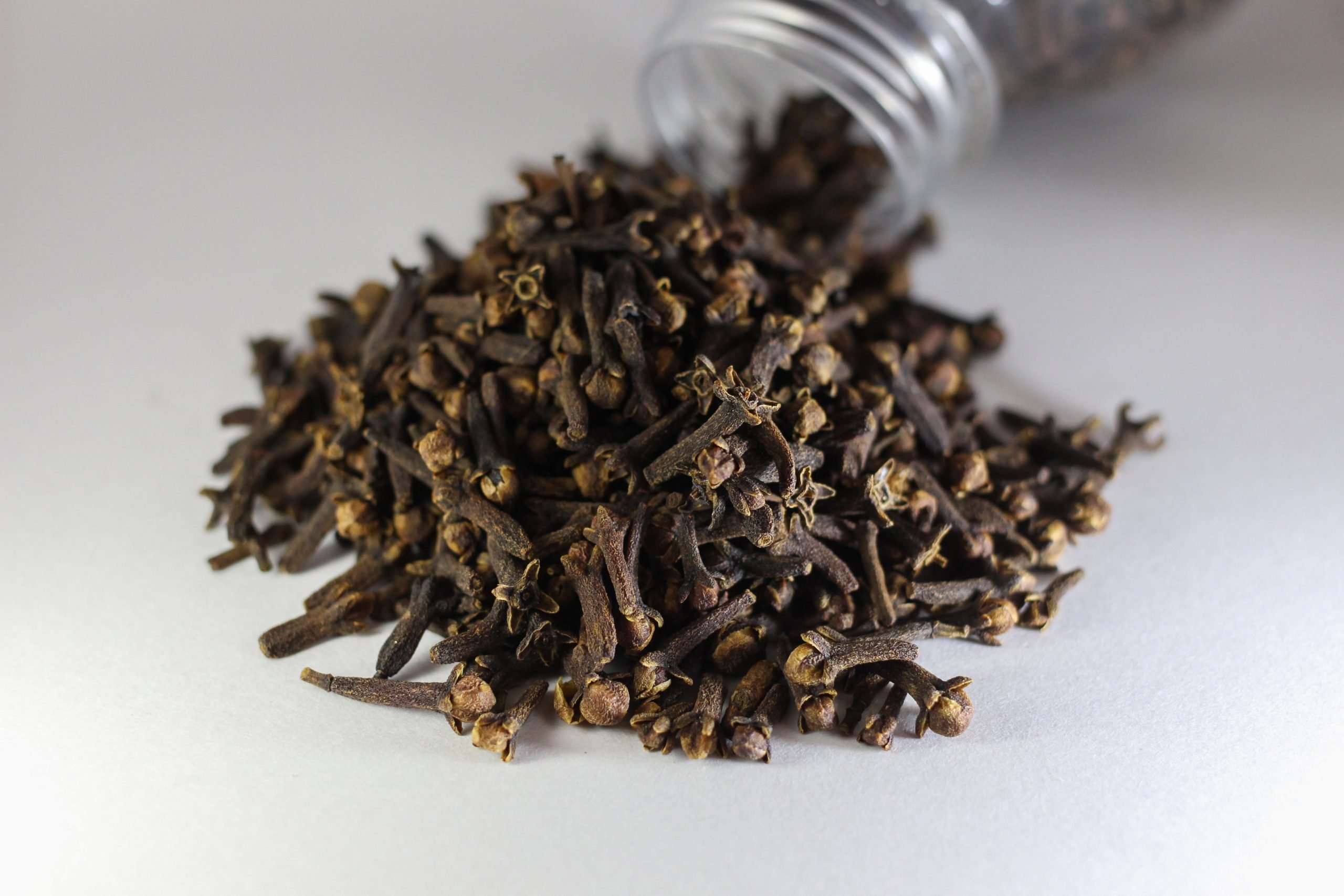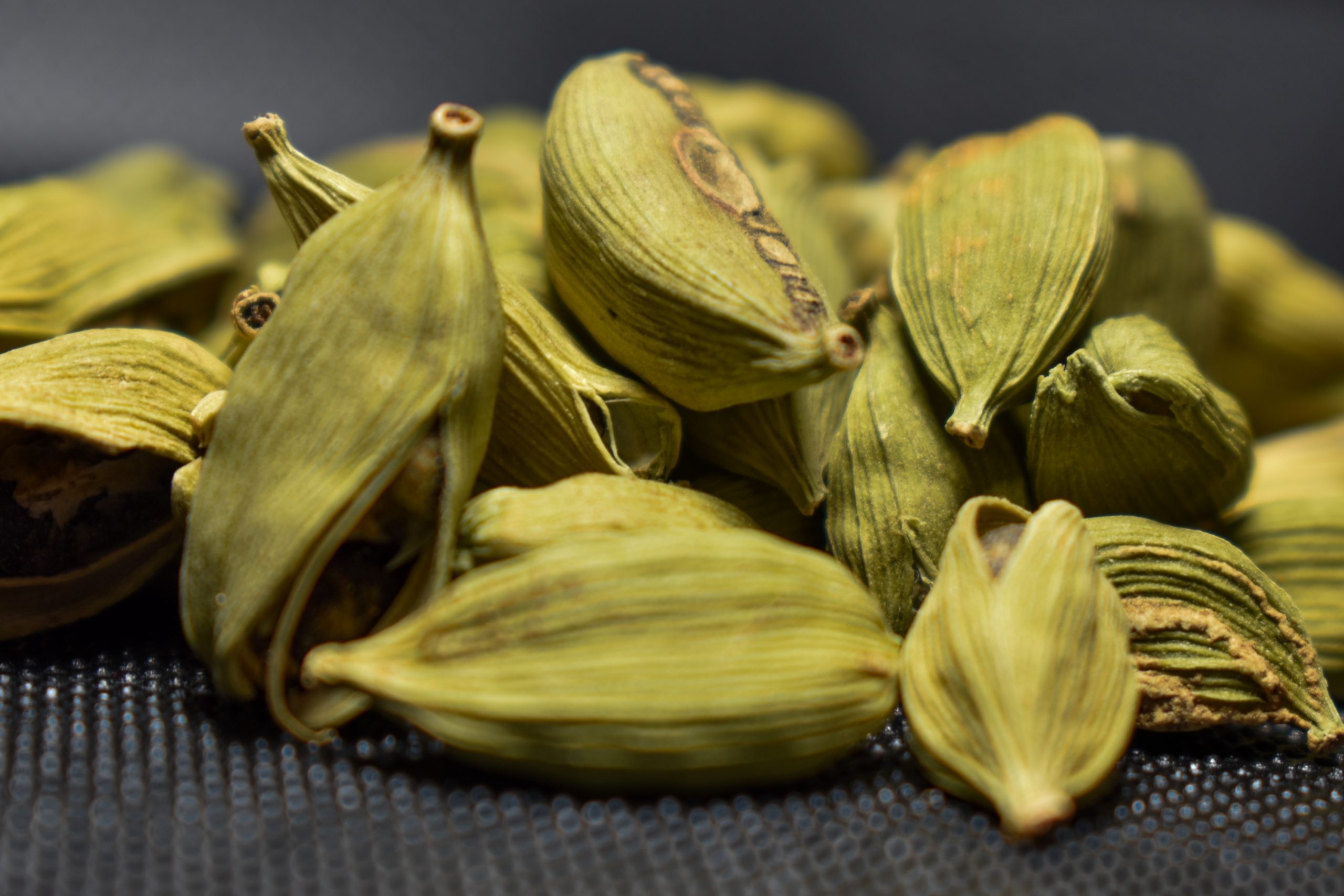
Hello, Tea Enthusiasts! 🍵💛
Are you in need of a midday treat that will transport you to exotic lands? Join us on a flavor-filled adventure as we delve into the captivating world of Star Anise and Black Cardamom Iced Tea. These enchanting spices bring a touch of mystery, elegance, and exoticness to your beverage, creating a refreshing experience that will awaken your senses and leave you yearning for more. Today, we invite you to discover five exotic combinations of Star Anise and Black Cardamom Iced Tea that will elevate your midday break to new heights of delight, fascination, and indulgence. Get ready to embark on a journey of exotic flavors! 🌞🌿🍹
Star anise, with its distinct licorice-like flavor, and black cardamom, with its smoky and earthy notes, are two spices that have long been celebrated for their unique and captivating qualities. When combined, they create a mesmerizing blend that takes your iced tea to a whole new level of sophistication and indulgence. Today, we have the pleasure of exploring the exotic possibilities of Star Anise and Black Cardamom Iced Tea and immersing ourselves in their captivating allure. Let’s dive into this world of flavor and embark on a sensory journey together! ✨🌍💫
Before we delve into the exotic combinations, let’s take a moment to appreciate the individual qualities of star anise and black cardamom. Star anise, derived from the fruit of an evergreen tree, is known for its intense and aromatic flavor, reminiscent of licorice. Black cardamom, on the other hand, is a smoky and bold spice that adds depth and complexity to any dish or beverage. Together, star anise and black cardamom create a harmony of flavors that is both intriguing and indulgent. Today, we have the opportunity to explore their exotic qualities and savor the richness of their flavors in the realm of iced tea. 🌼🏯⏳
Now, let’s embark on a journey of exotic flavors with these five captivating combinations of Star Anise and Black Cardamom Iced Tea. Get ready to savor the unique blends and experience a midday treat like no other. 🚀
1. Classic Star Anise and Black Cardamom Iced Tea: Let’s begin our journey with a classic recipe that highlights the essence of star anise and black cardamom. Start by brewing your favorite black tea with a few star anise pods and black cardamom pods, allowing the spices to infuse and create a robust base. Allow the tea to cool and then serve it over ice. The result is a captivating and aromatic iced tea that tantalizes your taste buds and transports you to distant lands. Each sip is an experience, as the distinct flavors of star anise and black cardamom dance on your palate, creating a symphony of taste that lingers long after the last sip. 🍵👌
2. Star Anise and Black Cardamom Citrus Iced Tea: Add a zesty twist to your Star Anise and Black Cardamom Iced Tea by incorporating the vibrant flavors of citrus. Squeeze fresh lemon and orange juice into your iced tea, and garnish with a slice of lemon, an orange twist, star anise pods, and black cardamom pods. The combination of the citrusy brightness and the exotic spices creates a refreshing and invigorating blend. Each sip is like a burst of sunshine, as the citrus flavors awaken your senses and the intricate notes of star anise and black cardamom add a touch of mystery and elegance. 🍊🍵
3. Star Anise and Black Cardamom Coconut Iced Tea: Embrace the tropical allure of coconut by incorporating it into your Star Anise and Black Cardamom Iced Tea. Start by brewing your favorite black tea with star anise pods and black cardamom pods, then let it cool and mix it with chilled coconut water. The result is a creamy and luscious iced tea that combines the exotic flavors of star anise and black cardamom with the tropical sweetness of coconut. Each sip is like a sip of paradise, as the flavors transport you to a serene beach with swaying palm trees and crystal-clear waters. 🥥🍵
4. Star Anise and Black Cardamom Ginger Iced Tea: Infuse your Star Anise and Black Cardamom Iced Tea with the warm and fiery kick of ginger. Start by slicing fresh ginger and adding it to your tea along with star anise pods and black cardamom pods, allowing the flavors to meld and create a robust blend. Let the tea cool and then serve it over ice. The result is a bold and invigorating iced tea that combines the unique flavors of star anise and black cardamom with the heat of ginger. Each sip is a sensory adventure, as the spices mingle with the ginger to create a tea that both refreshes and enlivens, invigorating your senses and leaving a delightful tingle on your tongue. 🌶️🍵
5. Star Anise and Black Cardamom Vanilla Iced Tea: Indulge in a moment of pure luxury by incorporating the smoothness of vanilla into your Star Anise and Black Cardamom Iced Tea. Start by brewing your favorite black tea with star anise pods, black cardamom pods, and a vanilla bean, allowing the flavors to infuse and create a rich base. Let the tea cool and then serve it over ice. The result is a velvety and aromatic iced tea that combines the exotic notes of star anise and black cardamom with the sweetness of vanilla. Each sip is a decadent experience, as the flavors swirl together to create a symphony of taste that envelops your senses, leaving you with a lingering feeling of luxury and indulgence. 🍦🍵
With these exotic combinations of Star Anise and Black Cardamom Iced Tea, you can embark on a flavor-filled journey that transports you to distant lands and indulges your senses in a world of intrigue and delight. Each sip is an opportunity to savor the unique blends and experience a midday treat that is both captivating and indulgent. So, take a moment to sit back, relax, and let the alluring flavors of star anise and black cardamom awaken your senses and transport you to an exotic world.
As you explore these captivating combinations, take a moment to appreciate the intricate flavors of star anise and black cardamom and their ability to transform a simple iced tea into a tantalizing experience. Let their exotic qualities inspire you to create your own variations and celebrate the art of tea.
We hope you enjoy these exotic combinations of Star Anise and Black Cardamom Iced Tea and let them transport you to distant lands. Stay tuned for more delightful tea explorations in our upcoming posts. Until then, may your midday breaks be filled with moments of pure delight and the captivating allure of flavors! ☕✨💛













